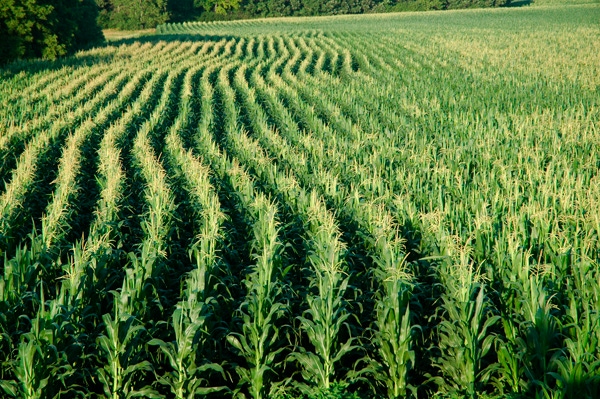August 25, 2013

A few cool weeks in Nebraska have prompted questions about how cooler summer weather will impact the corn crop, particularly later-planted corn. Research has indicated that the number of growing degree days (GDD) needed for corn hybrids to reach various growth stages, including maturity, is fairly uniform across environments.
Like what you're reading? Subscribe to CSD Extra and get the latest news right to your inbox!
Most corn hybrids grown in Nebraska mature between 2,400 and 2,700 GDDs. Later-planted corn seems to “make up time,” most likely because of warmer temperatures (meaning faster growth rates) during early vegetative growth stages. The same hybrid, planted two weeks later, tends to tassel and silk about one week later.
Work in Indiana and Ohio has shown that for each day after May 1 that corn was planted, it required about 6.5 GDD less to reach maturity. This means that a 2,700-GDD hybrid planted May 20 would require 2,700 - (20 x 6.5) = 2570 GDD. That’s the good news. However, in this situation, there will be relatively fewer days for grain fill before average frost date, and grain filling will occur during shorter days (fewer hours of sunlight/photosynthesis). This is part of the reason for expecting lower yields from later planting dates.
Cool Conditions Could Boost Yield if Frost is Late.
Cooler weather has other impacts on the crop. Seed sets are near optimum in fields where water stress was not severe. We have lots of kernels per ear and per acre available for grain filling. Cool weather during grain filling slows down development, but respiration slows more than photosynthesis. While somewhat less sugar is made per day in cool environments, less is lost to respiration, and the grain filling period is extended. This can allow the plants to store relatively more sugar, resulting in heavier kernels and higher yields, especially compared to seasons with high day and night temperatures.
Read more about the effects of cooler weather on corn maturity from University of Nebraska.
You might also like:
You May Also Like




